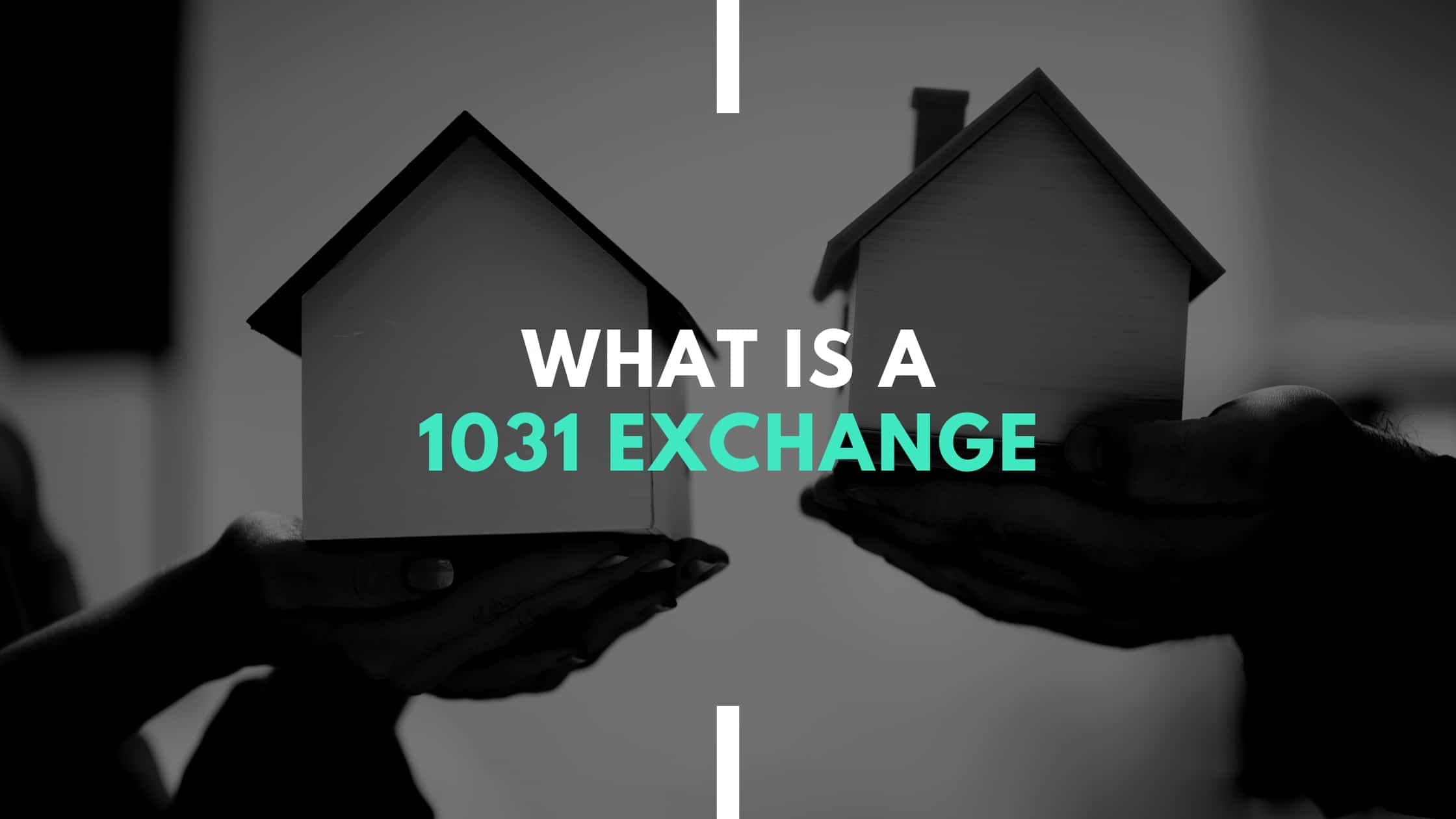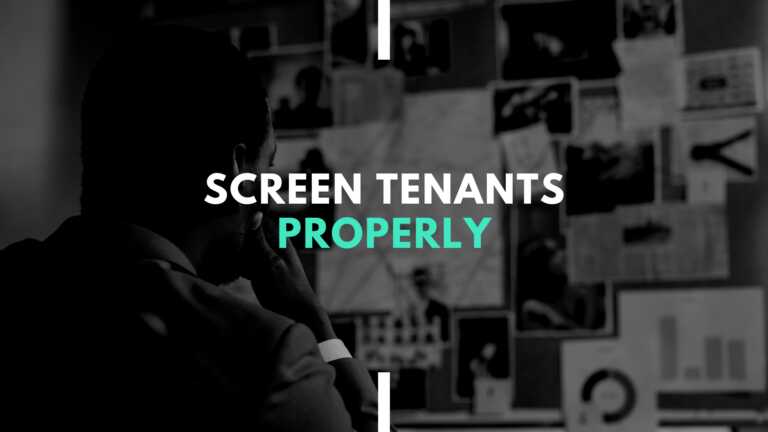Maximize Your Real Estate Investments with the Power of 1031 Exchange
- What is a 1031 Exchange
- What Are The Requirements of a 1031 Exchange?
- Pros and Cons of a 1031 Exchange
- The Pros
- The Cons
- In Summary
- Common Questions and Answers Regarding a 1031 Exchange
- What types of properties are eligible for a 1031 exchange?
- What are the time limits for a 1031 exchange?
- Can I use a 1031 exchange for a vacation property or second home?
- Can I use a 1031 exchange to exchange one property for multiple properties?
- What is a qualified intermediary, and why do I need one for a 1031 exchange?
- What happens if I receive a "boot" in the exchange?
One of the most valuable and powerful tax avoidance strategies in real estate investment is the 1031 exchange. Many real estate investors have heard about a 1031-like-kind exchange, but many are unfamiliar with the process. In this article, we will discuss the process, the rules, and the benefits of using a 1031 on your next real estate investment transaction.
What is a 1031 Exchange
A 1031 exchange, also known as a like-kind exchange, is a tax-deferred transaction that allows real estate investors to defer paying taxes on the sale of one property by reinvesting the proceeds into another property of equal or greater value. This means that instead of paying capital gains taxes on the sale of a property, you can reinvest those funds into a new property and defer the tax liability until you sell that property in the future.
What Are The Requirements of a 1031 Exchange?
The rules of a 1031 exchange are specific and must be followed closely to qualify for tax-deferred benefits. First and foremost, the properties being exchanged must be like-kind – this means that they must be of the exact nature or character, such as two commercial properties or two rental properties. Additionally, the properties must be held for investment or productive use in a trade or business – this means you cannot exchange a primary residence for another property.
To qualify for a 1031 exchange, you must identify a replacement property within 45 days of selling the relinquished property and complete the exchange within 180 days. There are also specific rules around the timing of payments and the use of intermediaries to facilitate the transaction, so it is essential to work with a qualified intermediary and consult with a tax professional to ensure compliance with all IRS regulations.
Consider using a 1031 intermediate like IPX 1031 to be sure you are staying within the rules and boundaries.
Simplified Rules Breakdown
- The properties being exchanged must be like-kind (i.e., of the exact nature or character)
- The properties must be held for investment or productive use in a trade or business.
- You must identify a replacement property within 45 days of selling the relinquished property.
- The exchange must be completed within 180 days of selling the relinquished property.
- The replacement property must be of equal or greater value than the relinquished property.
- A qualified intermediary is required to facilitate the exchange
- The intermediary must hold all funds from the sale of the relinquished property until they are used to purchase the replacement property
- You cannot receive any cash or other property in the exchange (known as “boot”) without incurring tax liability on that amount
- You must use all of the proceeds from the sale of the relinquished property to purchase the replacement property (known as the “reinvestment requirement”)
Pros and Cons of a 1031 Exchange
As with any investment strategy, there are both pros and cons to doing a 1031 exchange. Let’s dive in:
Pros | Cons |
|---|---|
Tax Deferral | Stringent Rules |
Increased Buying Power | Limited Flexibility |
Diversification | Depreciation Runs Out |
Estate Planning | Risk of Market Fluctuation |
No Obligation | Possible Higher Purchase Price |
The Pros
The benefits of a 1031 exchange are numerous and can significantly impact your real estate investment portfolio. By deferring taxes, you can reinvest a larger portion of your proceeds into a new property and continue to build wealth through real estate. Additionally, exchanging properties instead of selling them can avoid the transaction costs and fees associated with a traditional sale.
- Tax deferral: The most significant advantage of a 1031 exchange is the ability to defer capital gains taxes on the sale of a property. By reinvesting the proceeds into a new property, you can avoid paying taxes on the gains from the sale and use that money to invest in new properties.
- Increased buying power: Since you can defer taxes on the sale of a property, you can reinvest the full proceeds into a new property, giving you increased buying power and the ability to invest in a larger or more valuable property.
- Diversification: Using a 1031 exchange, you can diversify your real estate portfolio and invest in properties in different markets or asset classes.
- Estate planning: A 1031 exchange can also be a valuable tool for estate planning, allowing you to pass on properties to heirs with a stepped-up cost basis and minimize their tax liability.
The Cons
As with any investment, it is essential to keep both the positive and negative aspects in mind. That being said here are some of the common drawbacks to a 1031 exchange:
- Stringent rules: To qualify for a 1031 exchange, you must follow specific rules and regulations. Any misstep could result in disqualification and tax liability.
- Limited flexibility: When doing a 1031 exchange, you must reinvest the total proceeds from the sale of the relinquished property into a new property, which can limit your flexibility in terms of cash flow or investment strategy.
- Higher purchase price: To defer all taxes on the sale of a property, the replacement property must be of equal or greater value. This can result in a higher purchase price and higher debt service requirements.
- Risk of market fluctuations: As with any real estate investment, there is always a risk of market fluctuations or other unforeseen events that could impact the property’s value.
In Summary
In conclusion, a 1031 exchange is a powerful tool that every real estate investor should consider when selling and reinvesting in new properties. While some specific rules and requirements must be followed, the benefits of deferring taxes and reinvesting in new properties can significantly impact your investment portfolio. So go out there, find that like-kind property, and let the tax-deferred benefits of the 1031 exchange work for you!
Common Questions and Answers Regarding a 1031 Exchange
What types of properties are eligible for a 1031 exchange?
Any type of real estate held for investment or productive use in a trade or business is eligible for a 1031 exchange as long as it is of like-kind with the replacement property.
What are the time limits for a 1031 exchange?
The identification period for a replacement property is 45 days from the sale of the relinquished property, and the exchange must be completed within 180 days. These time frames are strict and must be followed to qualify for a tax-deferred exchange.
Can I use a 1031 exchange for a vacation property or second home?
No, a 1031 exchange can only be used for properties held for investment or productive use in a trade or business. Primary residences and vacation properties are not eligible for a 1031 exchange.
Can I use a 1031 exchange to exchange one property for multiple properties?
Yes, you can use a 1031 exchange to exchange one property for multiple replacement properties as long as the total value of the replacement properties is equal to or greater than the value of the relinquished property.
What is a qualified intermediary, and why do I need one for a 1031 exchange?
A qualified intermediary is a third-party facilitator who helps manage the exchange of properties and ensures compliance with IRS regulations. Using a qualified intermediary to qualify for the tax-deferred benefits of a 1031 exchange is mandatory.
What happens if I receive a “boot” in the exchange?
If you receive any cash or other property in the exchange (known as “boot”), you may be liable for taxes on that amount. It is important to work with a tax professional to understand the potential tax implications of a 1031 exchange







